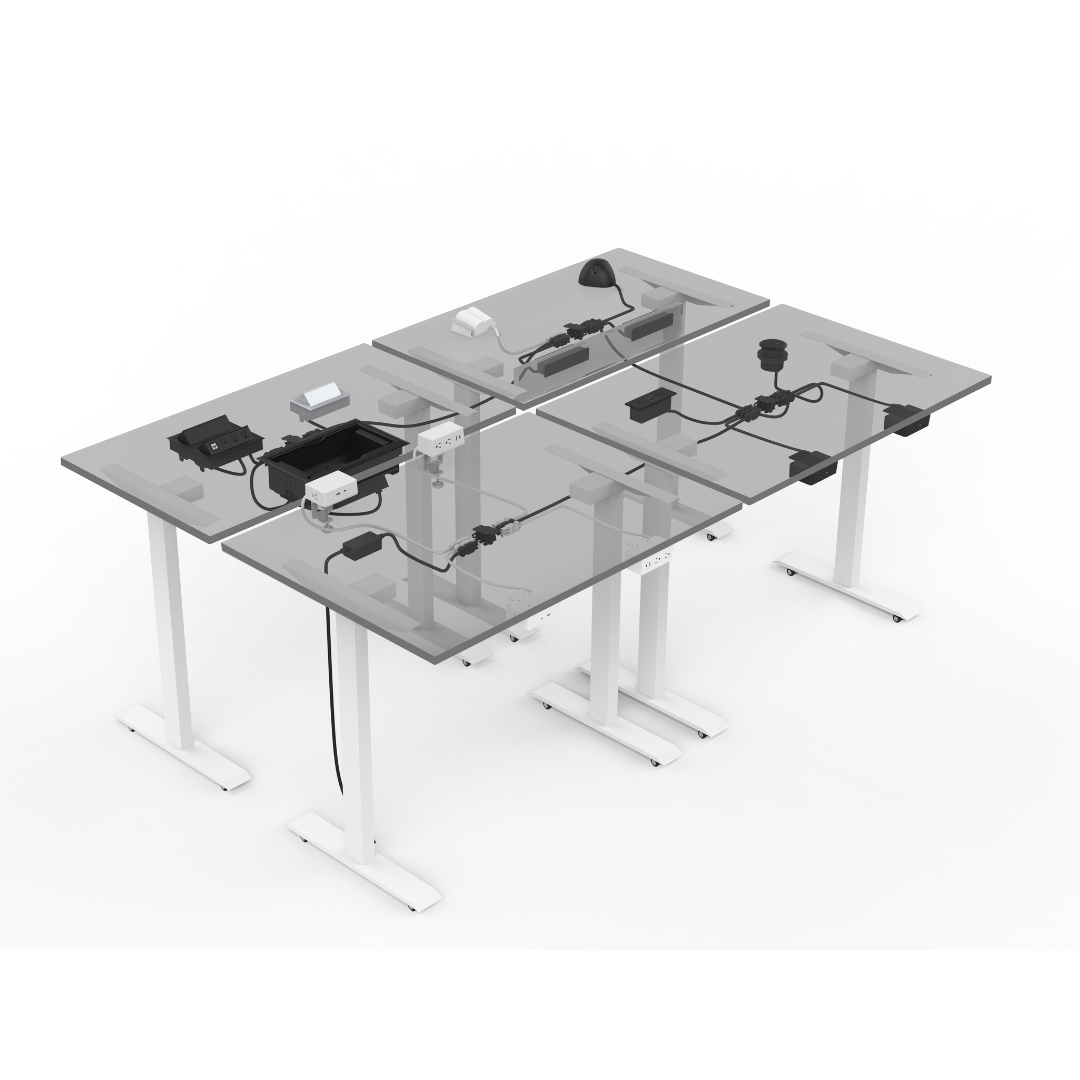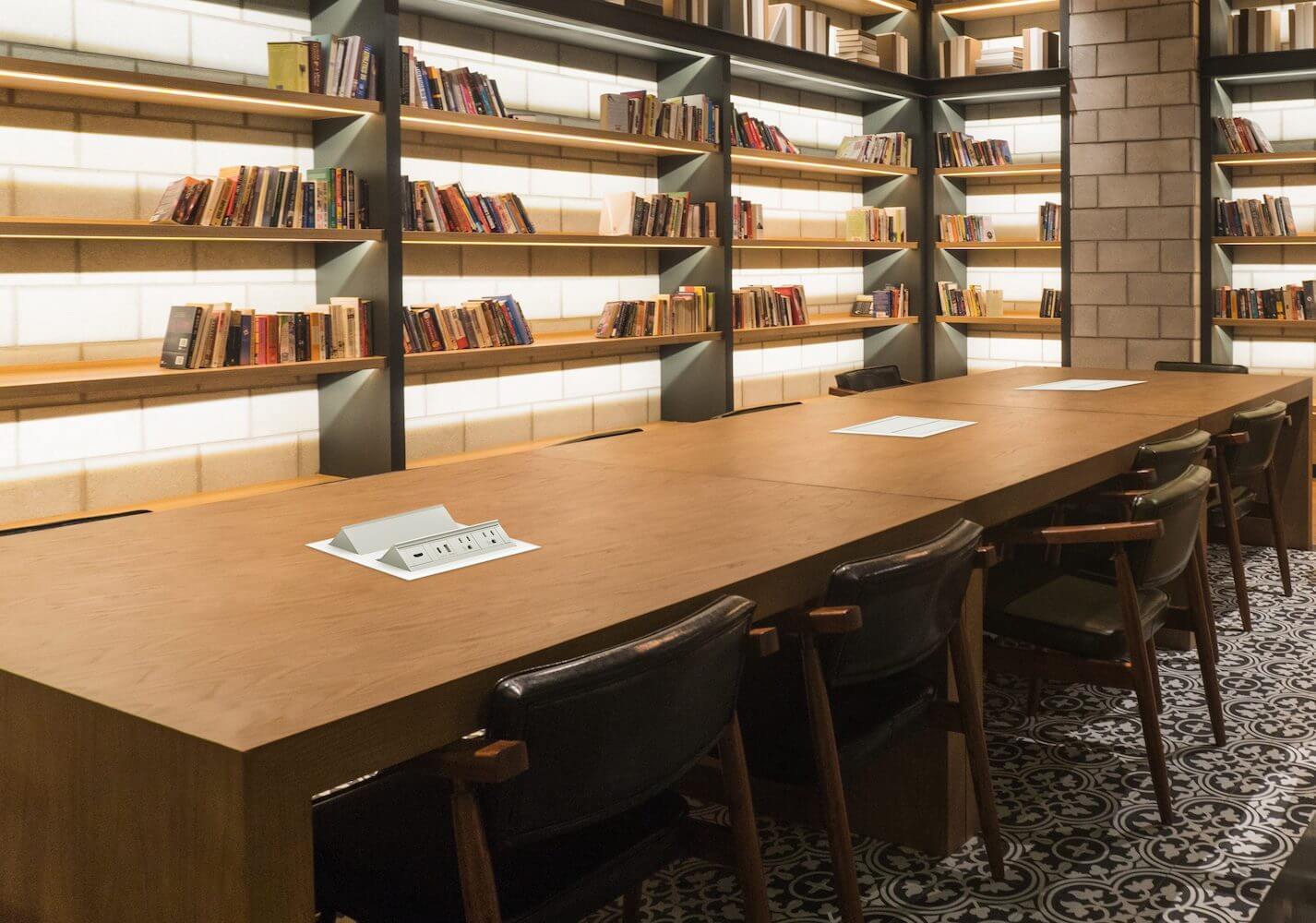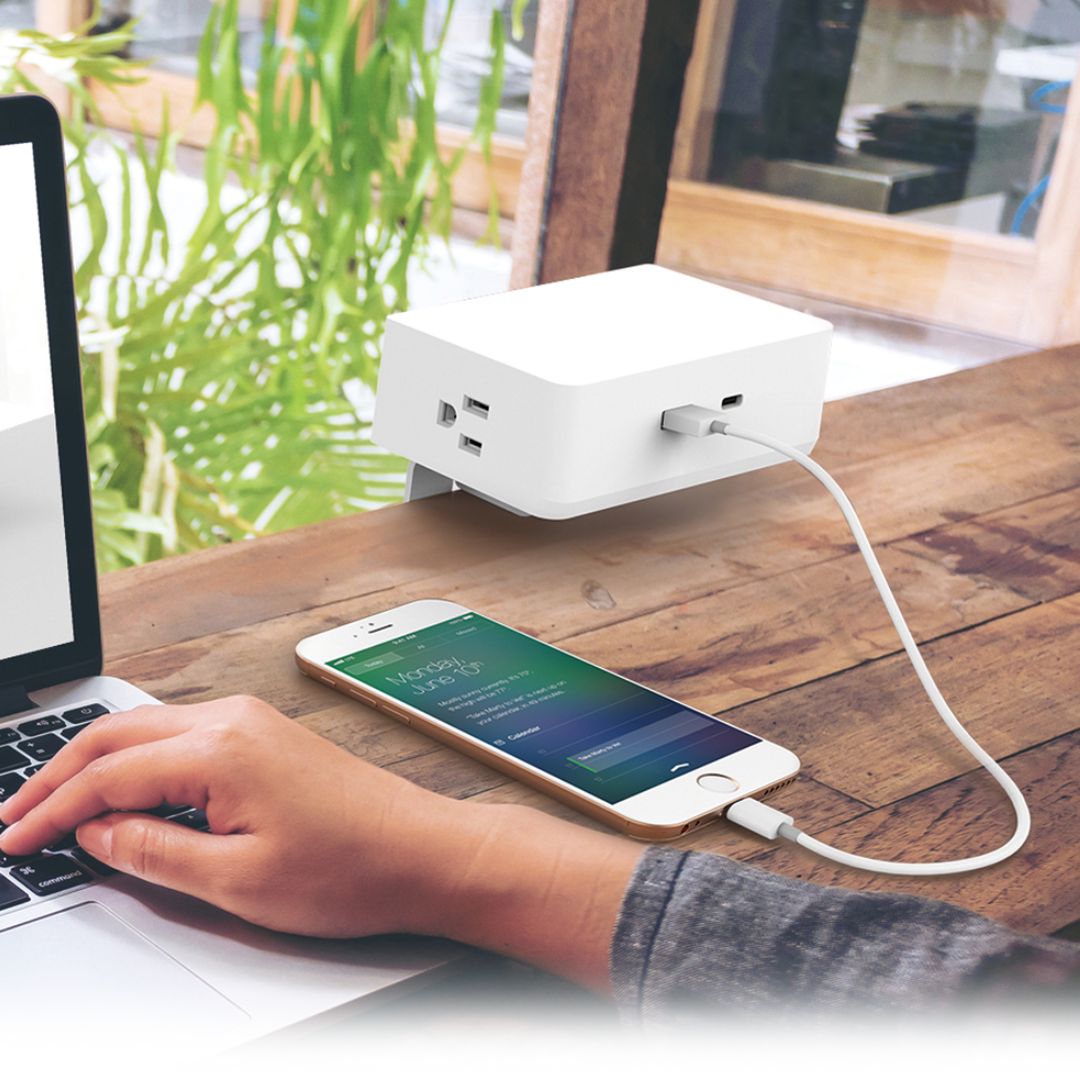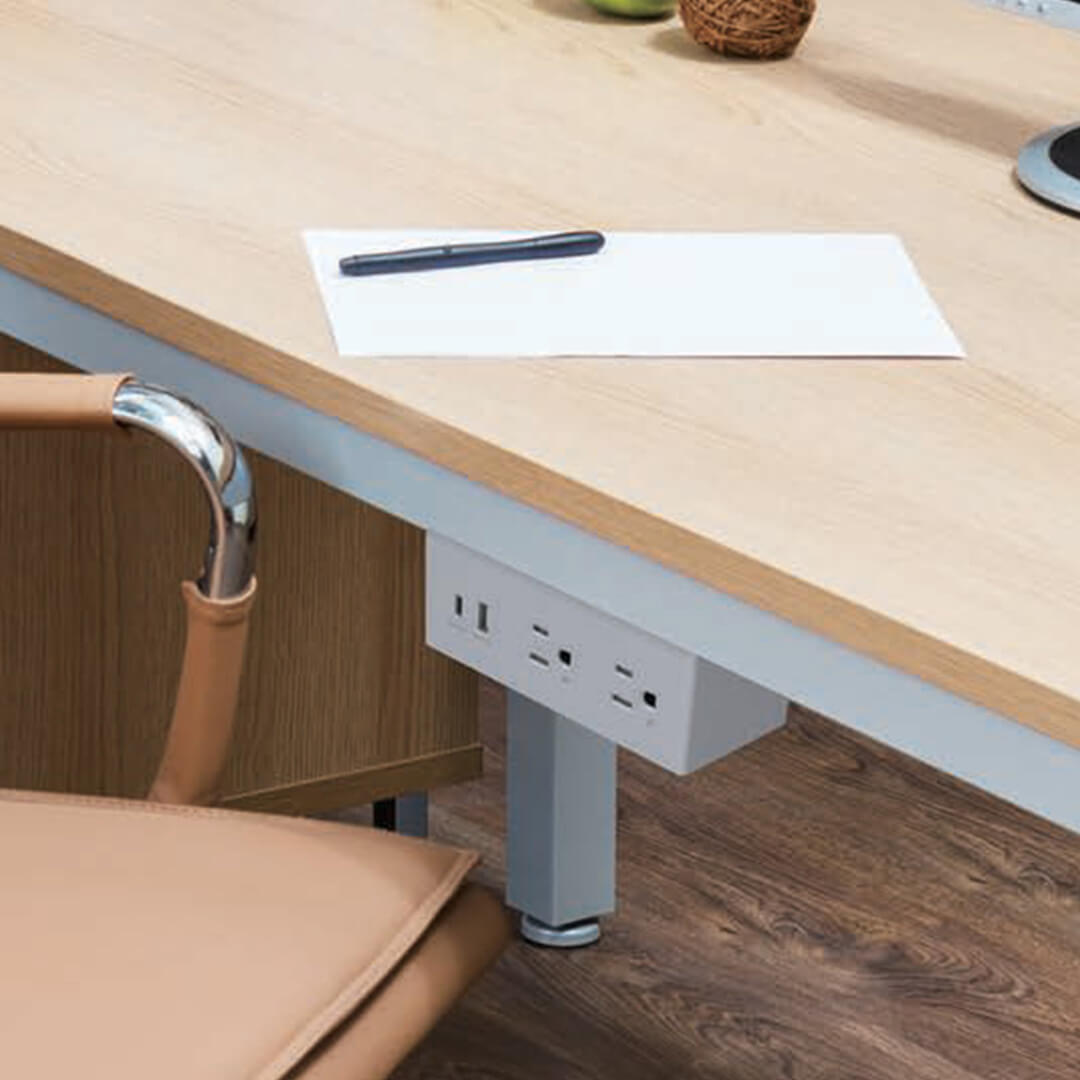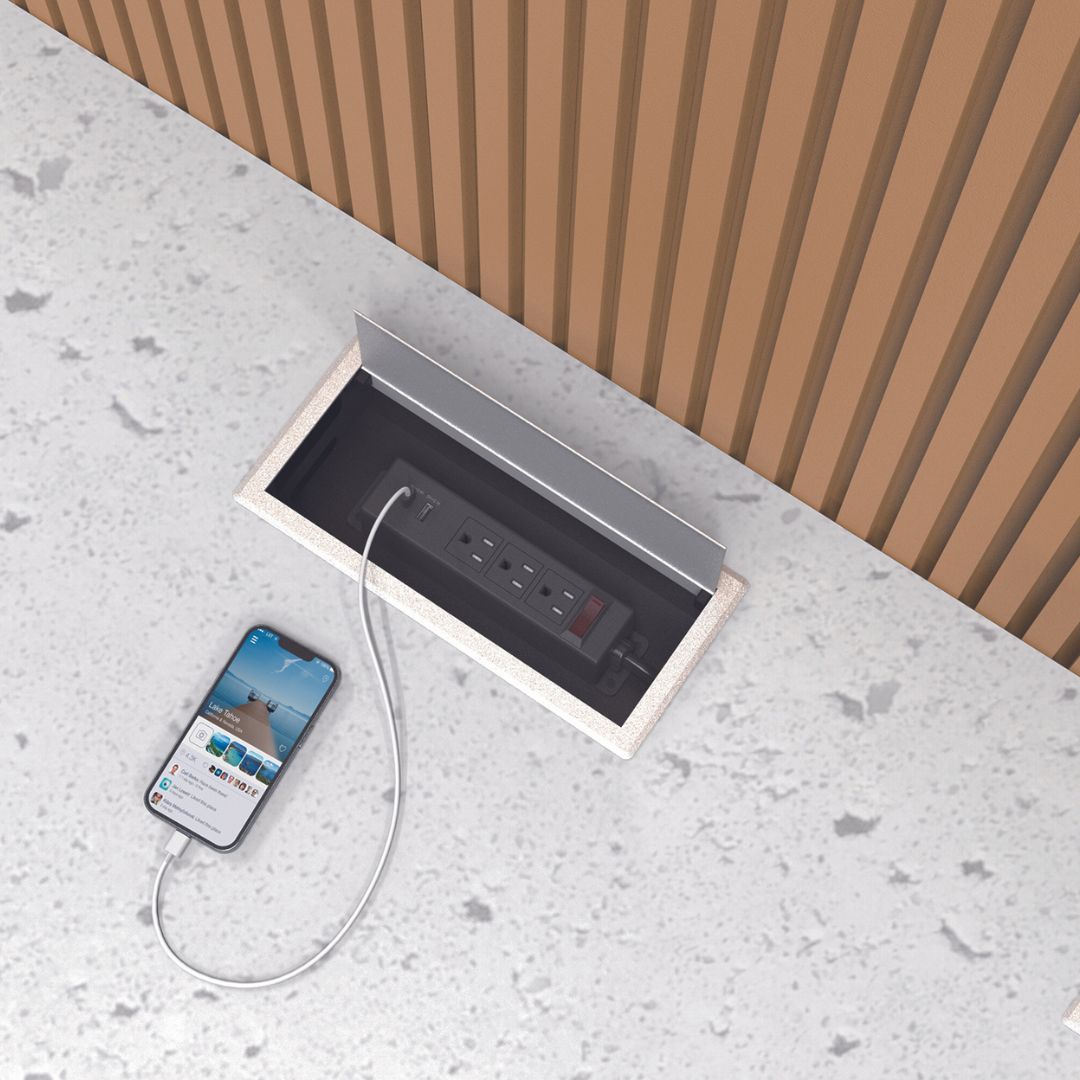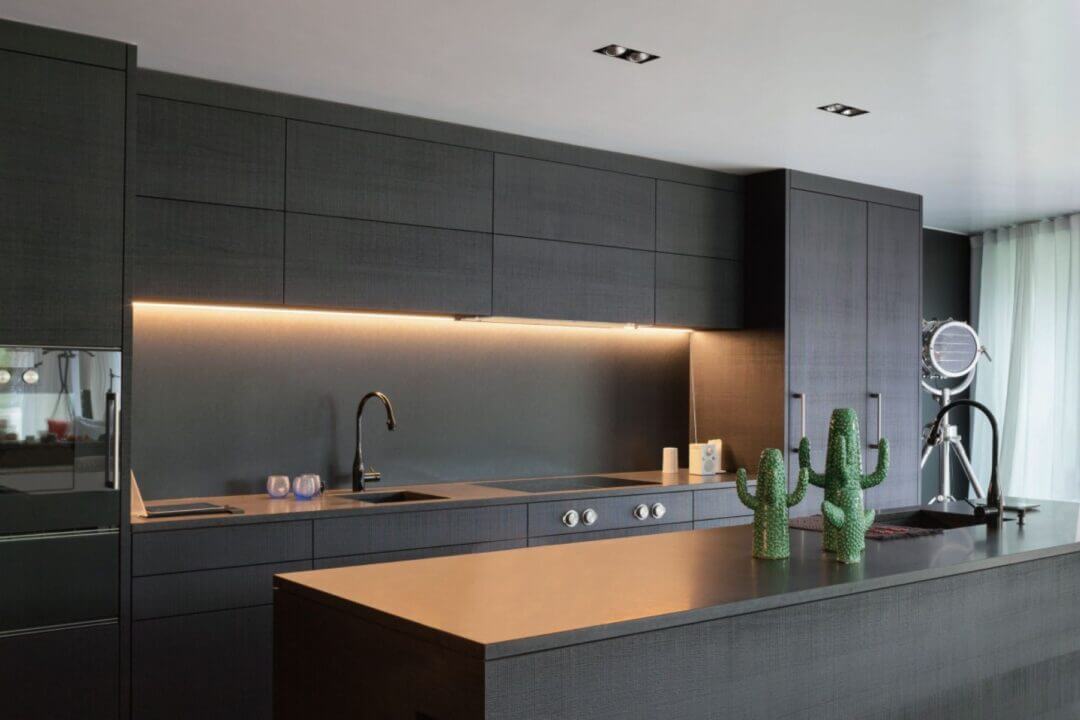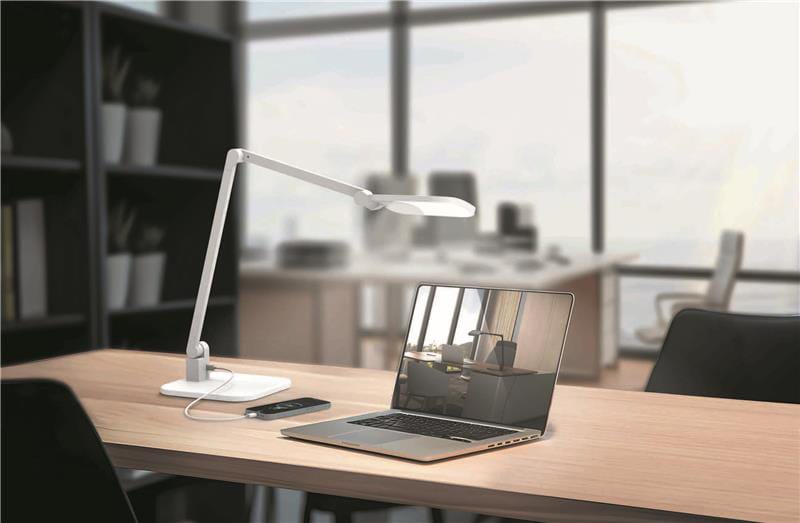Introduction
The Architecture, Engineering, and Construction (AEC) industry is undergoing a major transformation, thanks to the rapid adoption of smart technologies. Among these innovations, smart lighting systems are emerging as a game-changer in sustainable building design and construction efficiency. By leveraging IoT-enabled lighting solutions, smart lighting not only enhances energy efficiency but also plays a key role in occupant comfort, safety, and long-term cost savings.
Whether you’re a building owner, architect, contractor, or facilities manager, understanding the value of smart lighting can give your projects a competitive edge. Here’s how.
A Brief History About Smart Lighting
Smart lighting may seem like a product of recent innovation, but its roots go back to the early 2000s when LED technology began replacing traditional incandescent and fluorescent bulbs. The real shift began when wireless connectivity and IoT (Internet of Things) capabilities allowed lighting systems to become intelligent, automatically adjusting based on occupancy, daylight levels, and energy consumption patterns.
Initially limited to high-end commercial buildings, smart lighting has rapidly evolved into a mainstream solution for a wide range of residential, commercial, and industrial applications. Today’s smart lighting systems are deeply integrated with building management systems (BMS) and contribute significantly to net-zero energy goals.
Benefits of Smart Lighting
1. Energy Efficiency and Cost Savings
One of the biggest draws of smart lighting is its potential for energy-efficient lighting design. By using sensors and automation, smart lighting reduces unnecessary usage, significantly cutting down energy bills. According to the U.S. Department of Energy, smart lighting can reduce lighting energy use by up to 75%.
2. Improved Building Performance
Smart lighting integrates seamlessly with building automation systems (BAS), providing real-time data and analytics. This helps facility managers monitor usage patterns, predict maintenance needs, and enhance overall building performance.
3. Enhanced Occupant Comfort and Wellbeing
Modern smart lighting can mimic natural daylight, support circadian rhythms, and adjust to individual preferences. This contributes to healthier, more productive indoor environments—an increasingly important factor in post-pandemic design.
4. Greater Design Flexibility
With smart lighting, architects and engineers can experiment with dynamic lighting schemes that change based on time of day, occupancy, or even mood. This flexibility enhances the aesthetic and functional value of interior spaces.
5. Sustainability and Compliance
Smart lighting contributes directly to LEED certification, WELL Building Standards, and other green building frameworks. It supports goals around carbon footprint reduction and energy code compliance, which are top priorities for today’s construction projects.
Best Applications for Smart Lighting
Commercial Buildings
Smart lighting in offices, retail spaces, and hotels offers both aesthetic appeal and operational efficiency. Zoned lighting, occupancy sensors, and daylight harvesting are standard in modern commercial projects.
Industrial Facilities
In warehouses and factories, smart lighting improves safety and operational control. Motion-activated lighting ensures energy is only used when needed in large-scale environments.
Educational Institutions and Campuses
Universities and schools use smart lighting to manage large, diverse spaces more effectively. Smart scheduling and automation optimize lighting during class hours and events.
Healthcare Facilities
Hospitals benefit from human-centric smart lighting that supports patient recovery and staff alertness. Customizable lighting scenes are crucial in high-stress, high-precision environments.
Smart Homes and Multifamily Buildings
From voice control to automated routines, smart lighting brings convenience and luxury to residential developments while supporting energy-efficient home design.
Why You Should Consider Switching to Smart Lighting
Whether you’re retrofitting an existing building or designing from the ground up, integrating smart lighting is a forward-thinking move. With climate goals shifting and occupant demands increasing, smart lighting offers a clear ROI through energy savings, improved comfort, and enhanced building intelligence.
Moreover, as IoT in construction becomes the standard rather than the exception, smart lighting is no longer optional, it’s essential.
Final Thoughts
The AEC industry is poised for a smarter, more sustainable future, and smart lighting is leading the charge. By investing in smart lighting systems today, you’re not only future-proofing your projects but also adding real, measurable value.
Ready to make the switch? Check out MOD’s smart table lamps that help with office workflow and light dimmers that help cut energy costs dramatically.

